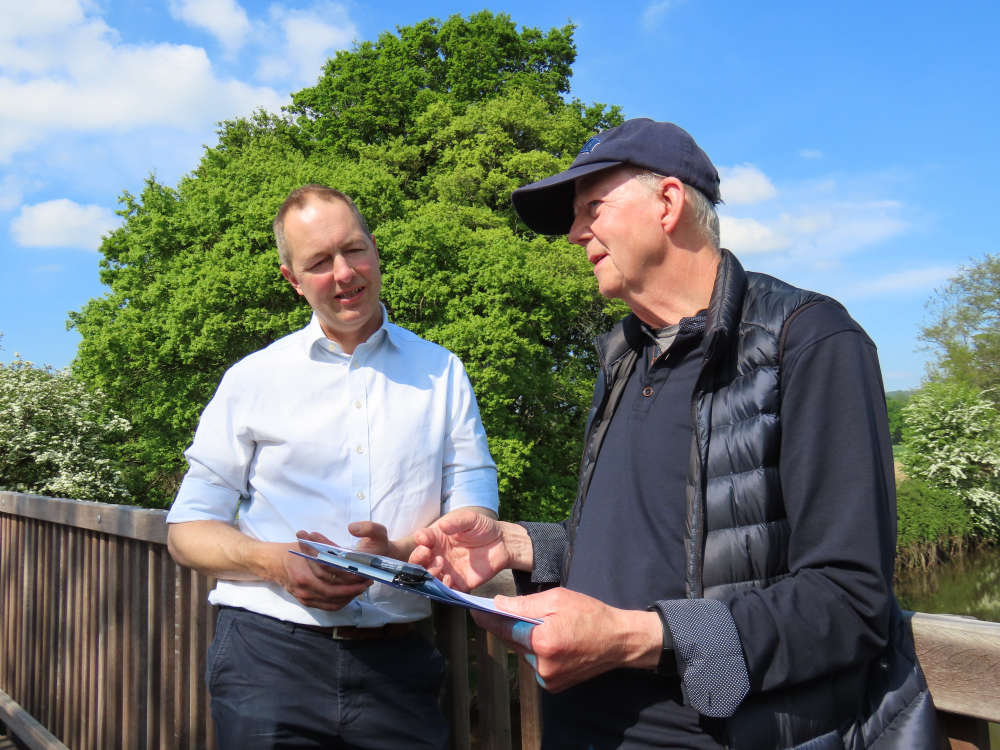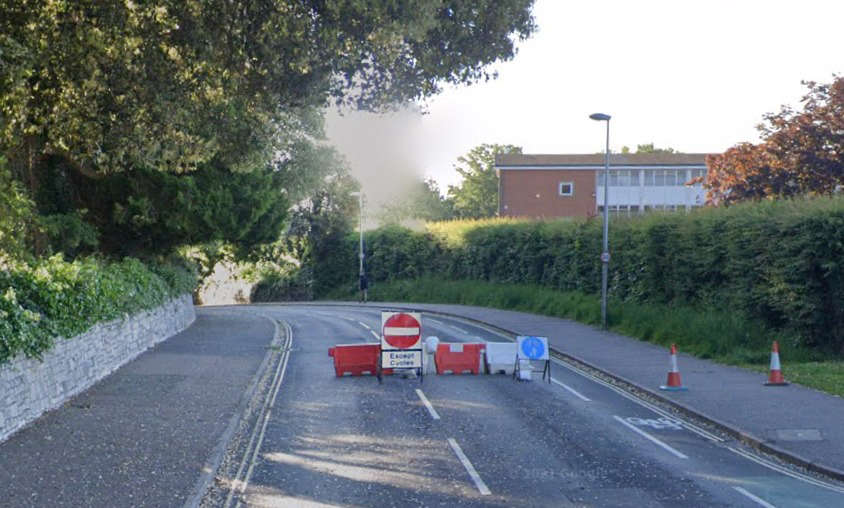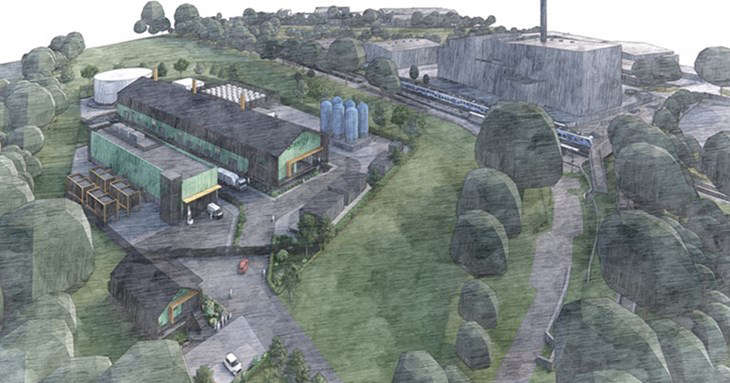
A surge of people power has led to an action group galvanising an East Devon community to push for water quality improvements in their local river.
The Otter Valley Association has teamed up with a host of local groups and the area’s MP, Richard Foord (Liberal Democrat), in a bid to restore the health of the River Otter, which the community claims is suffering from high levels of pollution.
Environment Agency data shows that the river is currently in the bottom 20 per cent of rivers in England for water quality.
Local volunteers, anglers, civic organisations and environmental advocates from Budleigh Salterton, Otterton, Newton Poppleford, Harpford and Ottery St Mary have combined to combat what they claim are two major sources of pollution.
These are sewage-related pollution, including the discharge of untreated sewage and high levels of phosphate in treated effluent from sewage work by South West Water, and what the group dubs “unsustainable land management”.
A team of 48 dedicated volunteers have been monitoring the river’s health every two weeks at 12 locations from Honiton to the sea.
In July, the river’s phosphate levels averaged four times the upper safe level for a thriving ecosystem, and peaked at six times this limit just below the main sewage treatment works.
The group said the levels of phosphate had been “steadily increasing”, which it claimed was predominantly caused by a high concentration of phosphate in treated effluent discharged by sewage treatment works.
High levels of phosphate can cause algae blooms, eutrophication (where a body of water becomes overly enriched with nutrients), and decreased oxygen levels in the water, leading to “severe consequences for plant life, wildlife and fish populations”, the group said.
Haylor Lass, chairman of the Otter Valley Association, has called on the local community to sign-up and help the group with its monitoring and campaigning.
“We’re a passionate civic charity, and are now calling on local communities, farmers, anglers, businesses, and like-minded organisations to join forces with us to encourage South West Water to take the action it needs to prevent their incessant pollution on the middle to lower reaches of the River Otter,” he said.
“This is to stop untreated sewage discharges and to reduce phosphate levels in their continuous treated discharges”.
Mr Foord said the river should be “crystal clear and teeming with fish and invertebrates”.
“But instead, the middle and lower sections are murky, slimy and sick,” he said.
“This is largely due to untreated or inadequately treated sewage being endlessly discharged in the river by South West Water.
“We felt we had no option to but to launch the #ReviveTheRiverOtter campaign to stop SWW’s appalling use of the River Otter as a free extension of their sewage infrastructure.”
He also said he wanted to “pay tribute to the remarkable work of volunteers” at the Otter Valley Association, noting that their water quality testing was “very impressive”.
A spokesperson for South West Water said it understood the concerns about the River Otter and wanted “to reassure the community that improving water quality remains a top priority for us”.
It highlighted it was spending £760 million over the next five years to reduce storm overflows and improve infrastructure, including in Ottery St Mary.
“We’re fully aware of the environmental pressures in the area, including agricultural run-off,” the spokesperson added.
“As part of our 2025–2030 investment programme, we’re targeting improvements across the Otter catchment — including at Ottery St Mary — to reduce storm overflow use and lower phosphate in our treated discharges.
“These works are being delivered ahead of national targets and will be independently monitored by the Environment Agency.”
It added it remained “committed to transparency, collaboration with local partners, and delivering long-term environmental improvements” for the river and its surrounding communities.
The firm added its storm overflow monitors are operating reliably at 93.8 per cent – the second highest in the industry – while it is on track to meet the government’s target of fewer than 10 spills per overflow per year a decade early.

 Award Winning Author Leads Writers’ Workshop at Sidmouth College
Award Winning Author Leads Writers’ Workshop at Sidmouth College
 Police Statement – Incident Near Cranbrook Railway
Police Statement – Incident Near Cranbrook Railway
 Exeter’s Museum awarded crucial funding
Exeter’s Museum awarded crucial funding
 Consultation on the future of the Dryden Road scheme to be held in the New Year
Consultation on the future of the Dryden Road scheme to be held in the New Year
 Police appeal for information following a fatal collision in Marsh Barton
Police appeal for information following a fatal collision in Marsh Barton
 Air Cadets embark on a new fundraising project for Poppy Appeal
Air Cadets embark on a new fundraising project for Poppy Appeal
 Chance to comment on land disposal at Grace Road
Chance to comment on land disposal at Grace Road
 Devon council’s revamped grant scheme expecting high demand
Devon council’s revamped grant scheme expecting high demand












